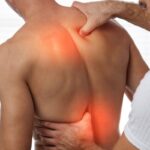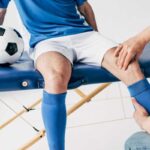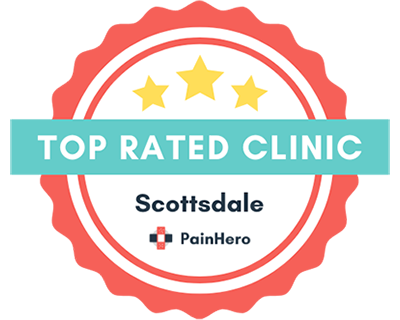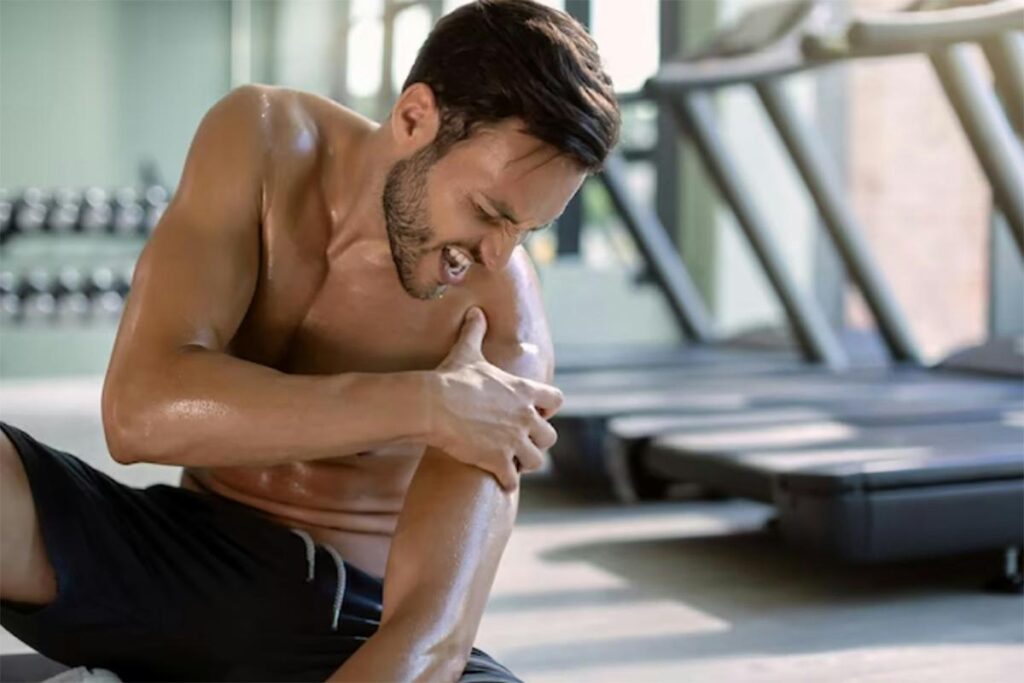
Sports-related shoulder injuries are common among athletes and can range from mild sprains to severe tears and dislocations. As a physical therapist in Scottsdale, a city known for its vibrant sports culture, I have seen a myriad of shoulder injuries stemming from various athletic activities. This blog post will delve into the therapist’s perspective on managing and rehabilitating sports-related shoulder injuries, emphasizing the importance of specialized care and preventive strategies.
Understanding Sports-Related Shoulder Injuries
Shoulder injuries in sports often result from overuse, direct impact, or the execution of repetitive high-intensity movements. Common injuries include rotator cuff tears, shoulder impingement, dislocations, and labral tears. These injuries can not only hinder athletic performance but also impact daily activities.
Initial Assessment and Diagnosis
The first step in treating any sports-related shoulder injury is a thorough assessment. This involves a detailed discussion of the injury circumstances, physical examinations, and possibly imaging tests. In Scottsdale, where sports activities range from golf to baseball, understanding the specific demands of each sport is crucial for accurate diagnosis and treatment planning.
Developing a Tailored Rehabilitation Plan
Recovery from a shoulder injury requires a personalized approach. Based on the severity and type of injury, the rehabilitation plan may include:
- Pain Management: Initial treatment often focuses on reducing pain and inflammation.
- IMPORTANT NOTE: The Rest, Ice, Compress and Elevate (R.I.C.E) has been shown to hinder recovery rather than help.
- Range of Motion Exercises: Early in the rehabilitation process, gentle exercises to maintain or regain range of motion are introduced.
- Strengthening Exercises: Gradually, exercises to strengthen the shoulder and surrounding muscles are incorporated. This is crucial for restoring functionality and preventing future injuries.
- Sport-Specific Training: As the athlete progresses, exercises and drills specific to their sport are integrated into the therapy program. This ensures a safe and effective return to sport.
Manual Therapy Techniques
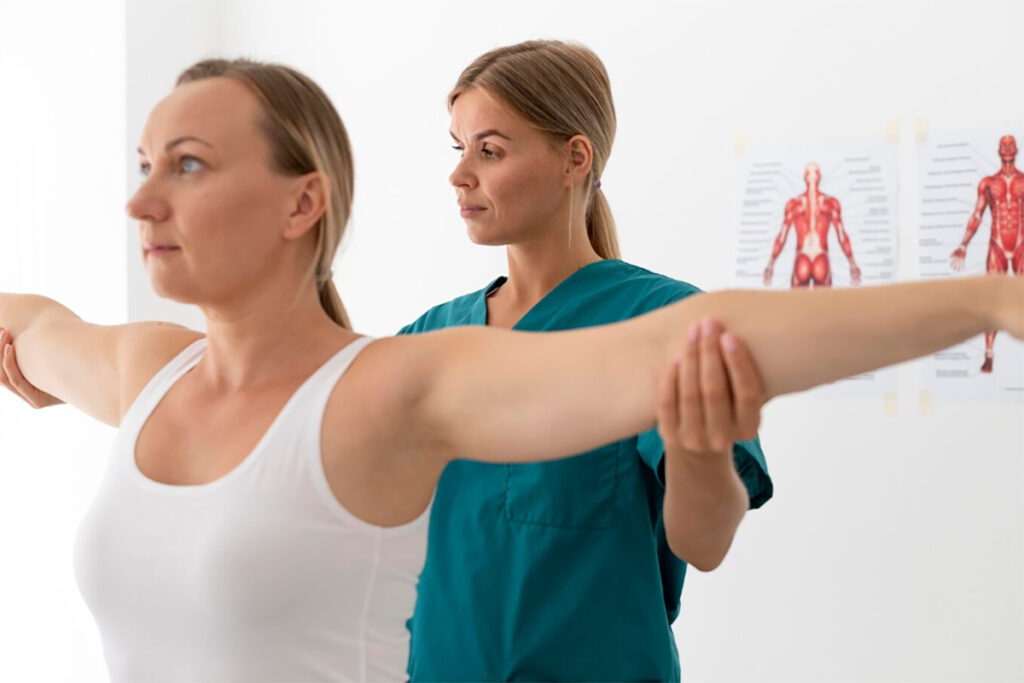
Manual therapy techniques such as soft tissue massage, joint mobilizations, and manual stretching can be highly effective in restoring shoulder mobility and alleviating pain. These techniques are particularly useful in the early stages of rehabilitation.
Advanced Therapeutic Modalities
In some cases, advanced therapeutic modalities like ultrasound therapy, electrical stimulation, or dry needling are used to enhance healing and pain relief. These techniques can be especially beneficial for athletes eager to expedite their return to sport.
The Role of Technology in Rehabilitation
In Scottsdale, clinics are increasingly using technology, such as 3D motion analysis, technology to assess strength, and other pieces of technology to obtain objective data. This helps to assess movement patterns and tailor rehabilitation programs. This technology helps ensure that the athlete’s recovery is on track and that they are using proper mechanics upon returning to their sport.
Importance of Patient Education
Educating athletes about their injury, the rehabilitation process, and how to prevent future injuries is an essential part of treatment. Understanding the mechanics of their sport and how to avoid risky movements can significantly reduce the likelihood of re-injury.
Collaborative Approach in Sports Therapy
Managing sports-related shoulder injuries often involves a team approach. Collaboration with coaches, athletic trainers, and other medical professionals is vital to provide comprehensive care and ensure the athlete’s safe return to sport.
Recovery and Return to Sport
Recovery times can vary based on the injury’s severity and the athlete’s commitment to their rehabilitation program. A gradual return to sport is crucial to ensure the shoulder is fully healed and to prevent re-injury. Athletes are closely monitored during this phase, and any signs of pain or discomfort are promptly addressed.
Preventive Strategies
Prevention is key in sports medicine. One of the main factors to determine if the person will have an injury is if they have had a previous injury in that area. Athletes are advised on proper warm-up routines, strength training, and techniques to reduce the risk of shoulder injuries. In Scottsdale, where sports are a significant part of the community, raising awareness about injury prevention is a continuous effort.
Success Stories in Shoulder Injury Rehabilitation
Many athletes in Scottsdale have successfully recovered from shoulder injuries through physical therapy. These success stories highlight the effectiveness of personalized rehabilitation programs and serve as motivation for athletes currently undergoing treatment.
Conclusion: A Holistic Approach to Shoulder Injury Rehabilitation
Tackling sports-related shoulder injuries requires a comprehensive approach that combines effective pain management, tailored exercises, advanced therapeutic techniques, and patient education. As a physical therapist in Scottsdale, seeing athletes recover and return to their beloved sports is incredibly rewarding. It underscores the importance of specialized care and a dedicated approach to rehabilitation. Whether you’re a professional athlete or an amateur sports enthusiast, understanding and properly addressing shoulder injuries is crucial for long-term athletic performance and overall shoulder health.




